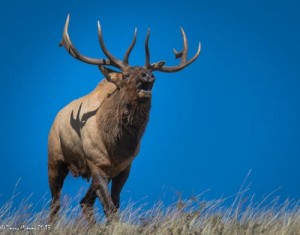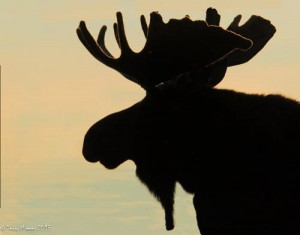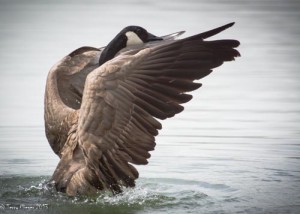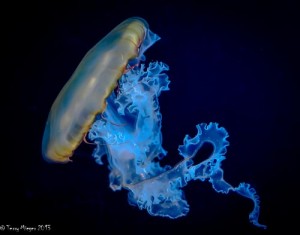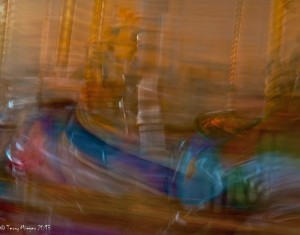Not to long ago, there was a major controversy with all levels of photographers as the transition from film photography to digital occurred. At the time, there was some advantage to one or the other. So let’s look at the controversy
Film photography involves the quality of image, the picture taking process (more on that later) and…Gee I can’t think of anything else. Maybe you get the idea where I am coming from. Actually, I have several friends which still shoot film and I know of professionals who’s portfolio is composed of black and white monochrome images and they take pride in the fact that the images were produced in the film darkroom. Clues to this process includes the statement there the print is a “Gelatin Silver Emulsion”. You may also notice this in museum displays. This means the print was processed from film using film paper, both of which use silver salts to produce the image. The process can produce stunning black and white prints which are difficult to equal with digital processing. Artists can use the same process for other proposes but let’s stick to photography. The automatic processing of film meant that unless you had a darkroom to do your own processing someone’s computerized processing unit decided on what your photo looked like. Some of us resorted to converting the upstairs bathroom into a darkroom when needed. Anyone want a portable darkroom? Because of the cost of processing film and the time it took, photographers were much more careful about each shot and learned to get the basics- composition and exposure, correct in one or two tries. Color slides were fun because there were no automatic adjustments made in processing. Being a Chemistry teacher, at the time, I enjoyed developing them in the kitchen sink and that was not too difficult. Speaking of Chemistry, the example of photography was an excellent teaching tool.
Digital photography has revolutionized the profession and hobby. Anyone can become an exceptional photographer with some education and effort. The image files, if done correctly, can give a great range of results. Less time is spent in processing and it can be as simple and automated as the photographer wants. Where the majority of time was spent in the darkroom now, by the choice of most of us, we spend more time taking the images. The expense has shifted to how much is spent on software and digital printing instead of film, enlargers, chemicals and paper. Is there any reason to take film?



